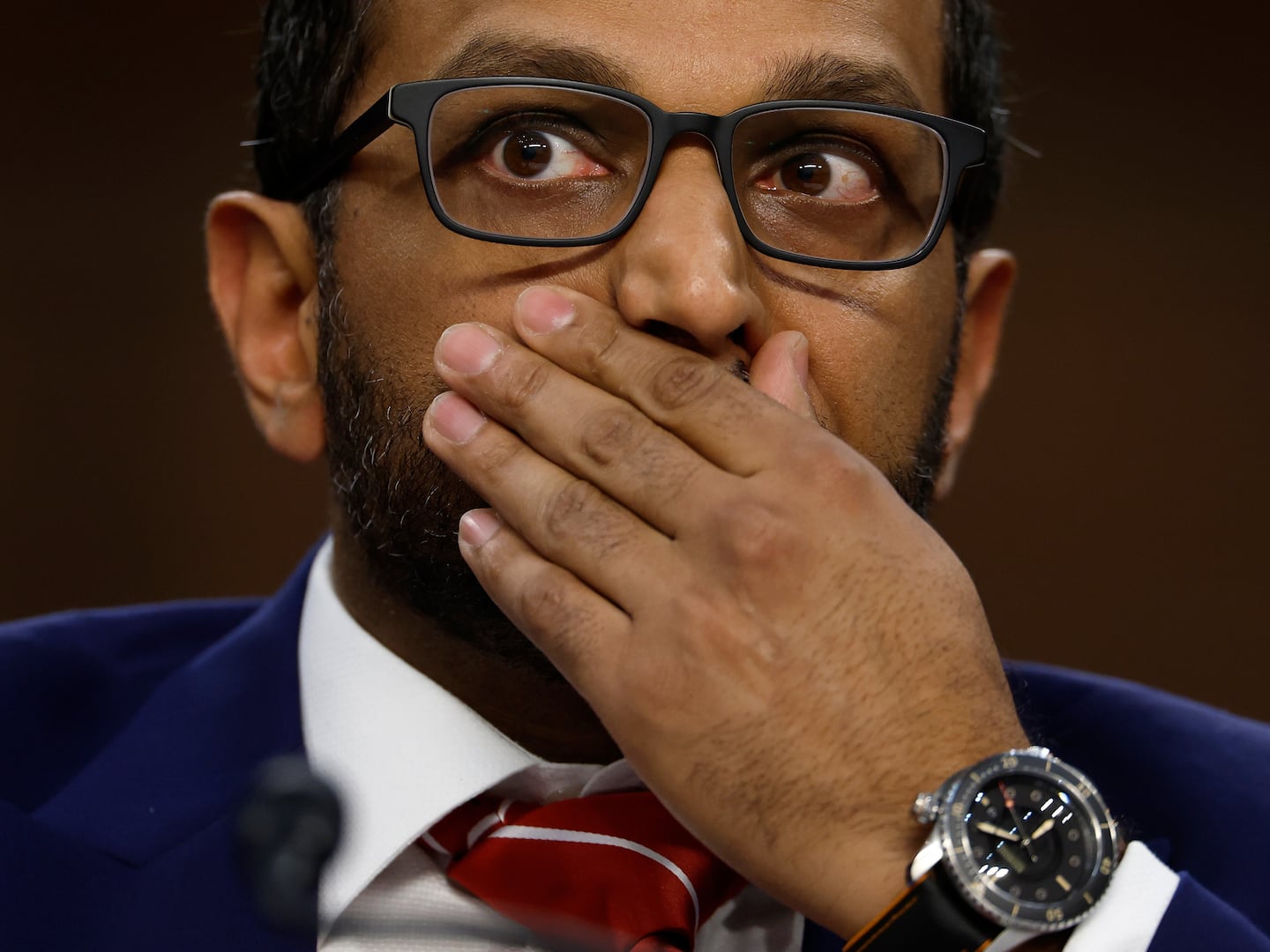
Sperm donors are all the rage lately. There’s Delivery Man, a Disney film starring Vince Vaughn as a Joe Schmo who learns he’s fathered 533 children with his donated seed, and now, Generation Cryo, a new MTV series that follows a 17-year-old girl conceived by an anonymous sperm donor. With the help of the Donor Sibling Registry (DSR), she sets out to meet her 15 half-siblings, all of whom were fathered by the same fella: donor #1096. It’s a far more didactic show than, say, MTV’s one-two punch of adolescent cautionary tales, 16 and Pregnant and Teen Mom.
“With Delivery Man, everyone laughs and goes, ‘A donor with 500 kids!’ but that’s not funny,” says Wendy Kramer, founder of the DSR. “Our website is voluntary, but we have a lot of large groups. The largest group we have is the one that was reported in The New York Times in 2011, and at that point it was 150 [donor children], and now, it’s up to about 200. The donor is nowhere to be found on our site since it would be tough to connect with so many people. He’d have to rent a convention hall, or something.”
Generation Cryo was green-lit two years ago in the wake of the great sperm donor craze of 2010, which saw films like The Kids Are All Right, The Switch, and The Backup Plan tackle the topic of donor insemination, which in turn led to a bevy of media coverage. And, as LGBT equality becomes increasingly the cultural norm, we’ll be seeing more and more families with same-sex parents, and more and more of these same-sex families turning to donor insemination. According to recent studies, 40 percent of same sex couples between the ages of 22 and 55 are raising children, but only about 5 percent of those kids are adopted.
Kramer, whose son was conceived through donor insemination, established the DSR as a Yahoo! Group in Sept. 2000, in order to help her curious son connect to his biological father. By Nov. 2002, the group only had 37 members, but then the press got involved. Denver’s local news affiliate did a story. Two weeks later, the DSR was on Good Morning America. Two months after that, Oprah.
“My son ended up connecting with his biological father when he was 15, in 2005,” says Kramer. “He has a fabulous friendship with his donor, and he also got two great grandparents out of the deal.”
Now, the DSR is up to almost 41,000 members consisting of donors, parents, and donor-conceived people. Of those 41,000 members, 10,500 connections have been made. For the first five years, Kramer funded the group with her own money, but now, it’s financed by yearly membership fees that run $75 a year, or $175 for a permanent membership. Kramer had been trying to develop a show highlighting donor families for close to nine years, pitching it to various networks. Then, two years ago, MTV approached her and pitched the idea back. She was thrilled, seeing it as a good way to, she says, “raise awareness about the issues in the infertility industry, and how we can make it more ethical and responsible.”
The issues range from, in the case of donors like the one depicted in Delivery Man, accidental incest among donor offspring to genetic defects, e.g. a case reported in 2009 of a sperm donor who passed on a potentially deadly genetic heart condition to nine of his 24 children, with one of them dying at age 2 from heart failure, according to ABC News. There’s also the matter of the donor sperm black market, explored in a 2011 Newsweek magazine cover story, consisting of desperate women who are unwilling to shell out up to $2,000 for artificial insemination, and go about acquiring sperm from men eager to spread their seed—gratis.
Generation Cryo doesn’t explore the larger issues, instead opting for a more personal approach. The show follows Breeanna—or Bree, for short—a 17-year-old native of Reno, Nevada. Bree’s a slightly introverted young woman with piercings. Through a combination of real-life scenes and Real World-esque testimonials, we learn that she was raised primarily by her two lesbian moms, and that she’s very eager to connect with not only her half-siblings, but find out who her donor was. So, Bree logs on to the DSR and discovers she has (at least) 15 half-siblings under donor #1096. The first half-siblings she connects with are a brother-sister combo in Atlanta, Georgia, who are both 17 as well. They go by the names Jonah and Hilit, and are very laid-back. They’re also practicing Jews, which comes as a bit of a shock to Bree.
They get along famously, and welcome Bree into their home. After a few days, Bree even feels comfortable enough around them to come out as a lesbian, and admits she’s been too scared or unprepared to date a girl yet. The three seem, in the show, to share a bond with one another. They see physical similarities, as well. “We actually have cut-outs of eyes, noses, and mouths of different siblings, and we’ve been piecing them together to see whose look like one another’s,” Jonah tells The Daily Beast. According to Hilit, Bree and Jonah’s eyes are virtually identical, and Jonah says nearly all the half-siblings seem like they have ADD.

Everyone, from Kramer to the subjects, had some reservations prior to signing up for the show, since the combination of MTV, teens, and families has gone the way of farce in the past, from all the aforementioned teen pregnancy shows to My Super Sweet Sixteen. But the more everyone spoke to MTV, the more they say they felt comfortable that they were embracing a more earnest approach to the issue of how people are redefining what the word “family” means.
“I signed up for this because I was intrigued by the whole journey,” says Jonah. “Many of my half-siblings were really pushing to find [the donor], and I don’t think the whole process would have been possible, financially or to have a direction to go in, without doing the show. It gave us structure, and helped us glue the pieces together.”
“I was more in it for my half-siblings, since I support them 100 percent in what they want to do,” adds Hilit.
Unlike Bree, Jonah and Hilit have virtually no interest in meeting their “donor”—they prefer this term to “biological father.” They both say they have a great relationship with their father Eric, and wouldn’t want to jeopardize it. One of the most poignant moments of the pilot episode involves Eric, who has a breakdown on camera when Bree explains how she’s trying to find the identity of their donor, and needs a male half-sibling’s (Jonah’s) DNA to help her on her mission. The news brings up some lingering infertility issues of Eric’s, who explains how hurtful it is to his wife, Terri. The series would, in fact, be far more intriguing if it devoted equal time to the parents whose lives are being turned upside down by their children’s journeys of self-discovery, a la The Kids Are All Right.
But Generation Cryo does have its plusses. While the show has caught some flack in the press for featuring teen subjects that aren’t the most philosophical, they just seem like regular teens going through the motions—which is a true rarity in today’s reality TV landscape. And the bonds formed between the half-siblings do seem to grant them a better understanding of their place in the world.
“I learned a lot about myself, which really helps you be more secure with yourself,” Bree told The Daily Beast. “I started dating this girl who I eventually got into a relationship with, focused on school, and stopped hanging out with people who were bringing me down. I have this big family now, and I know the kind of people I want in my life.”






